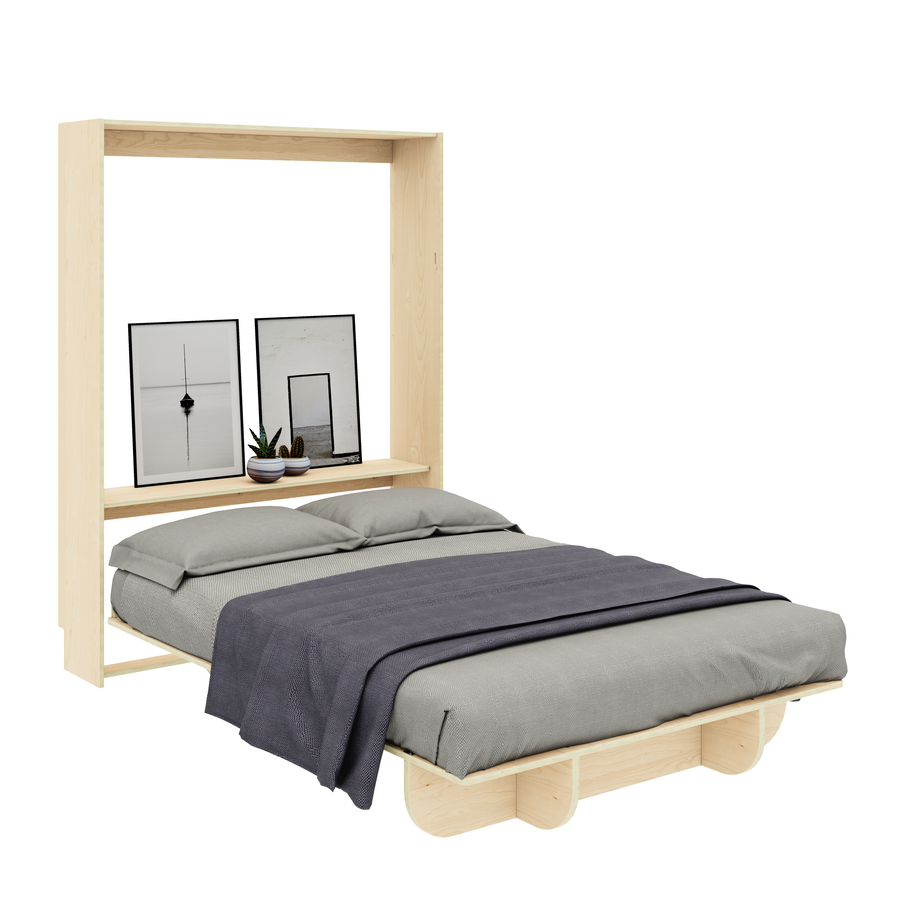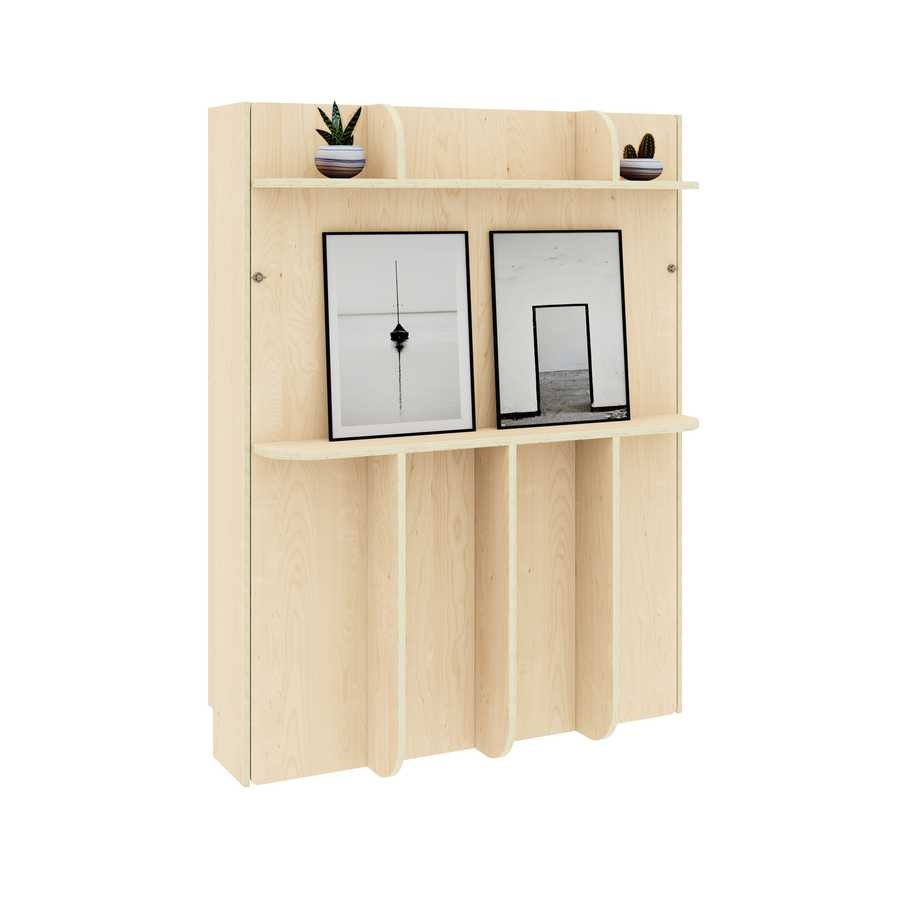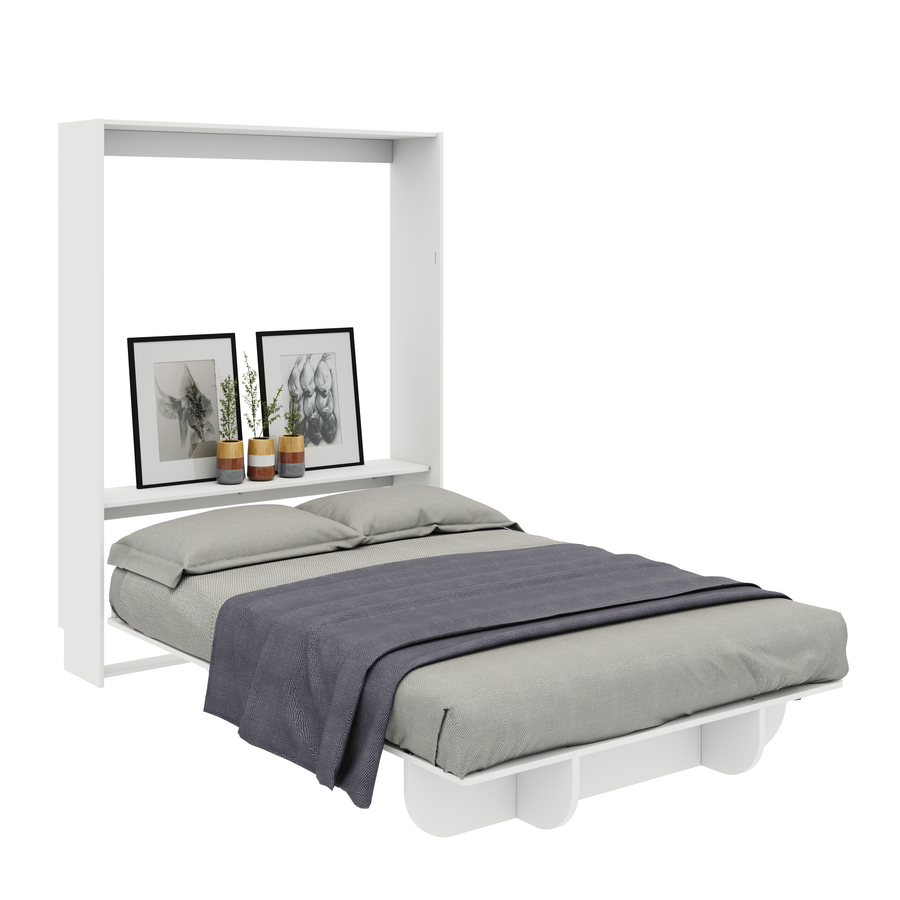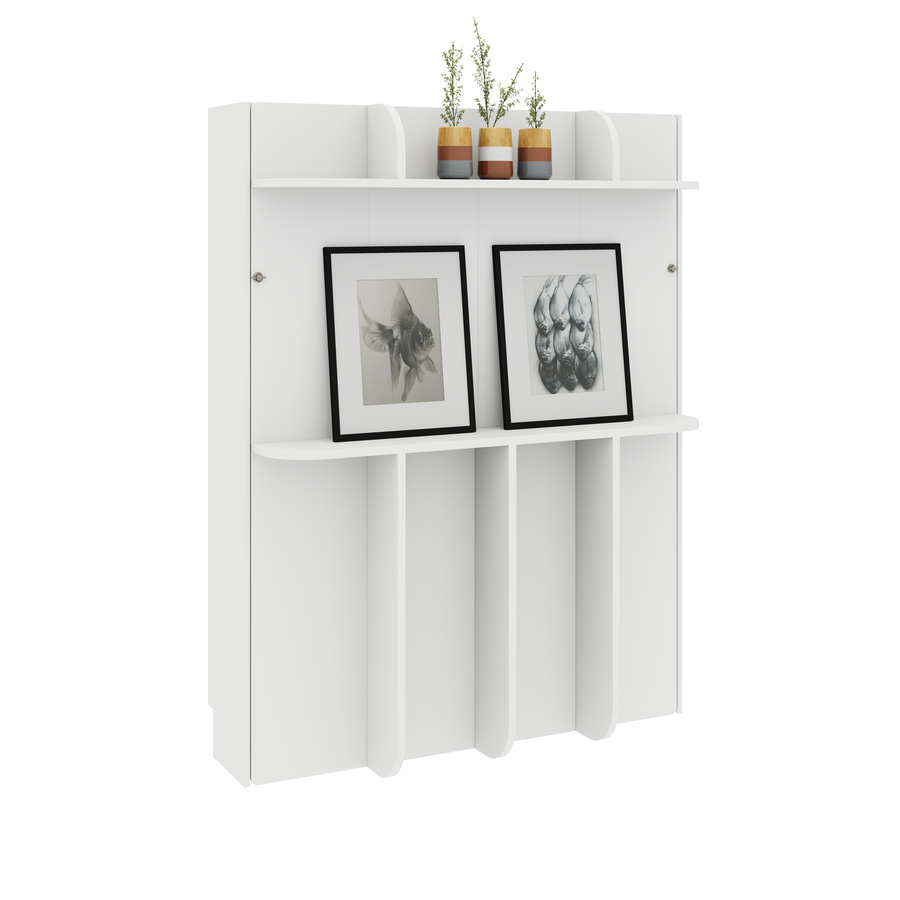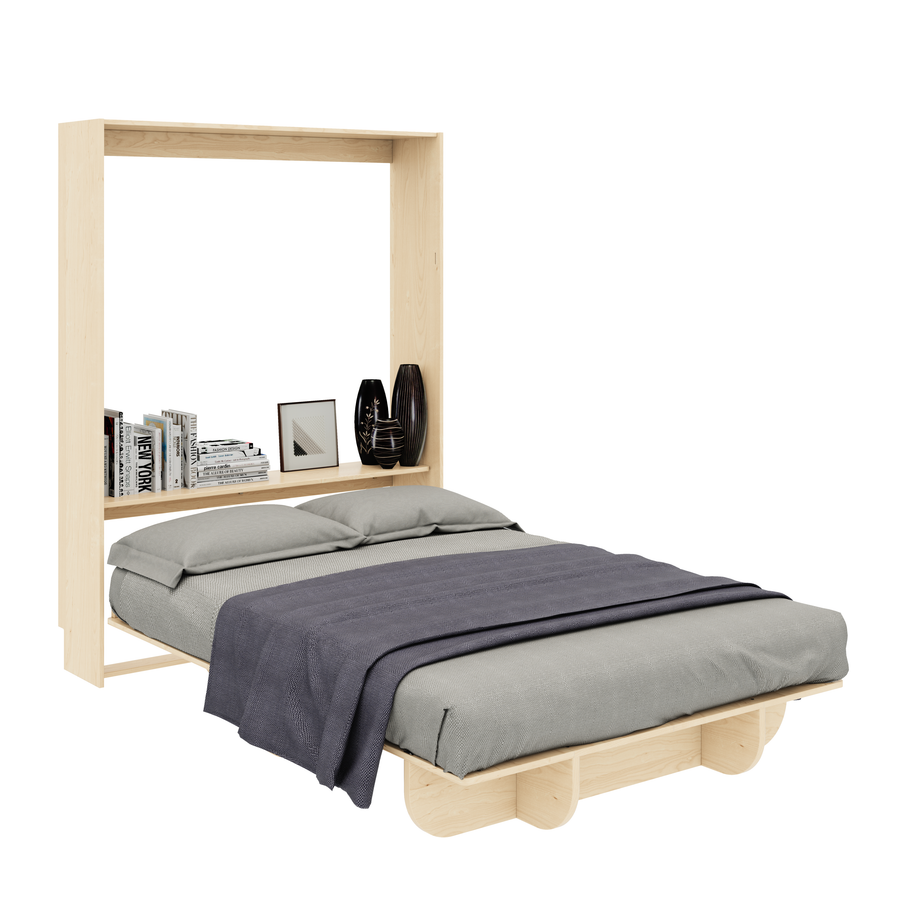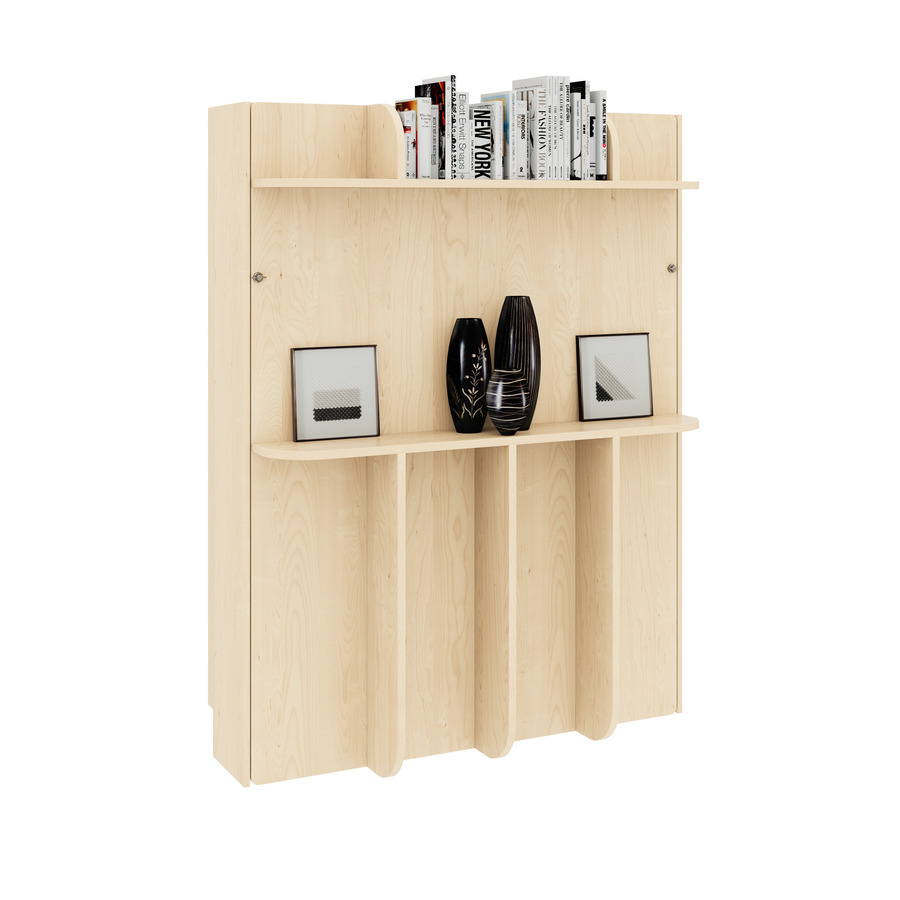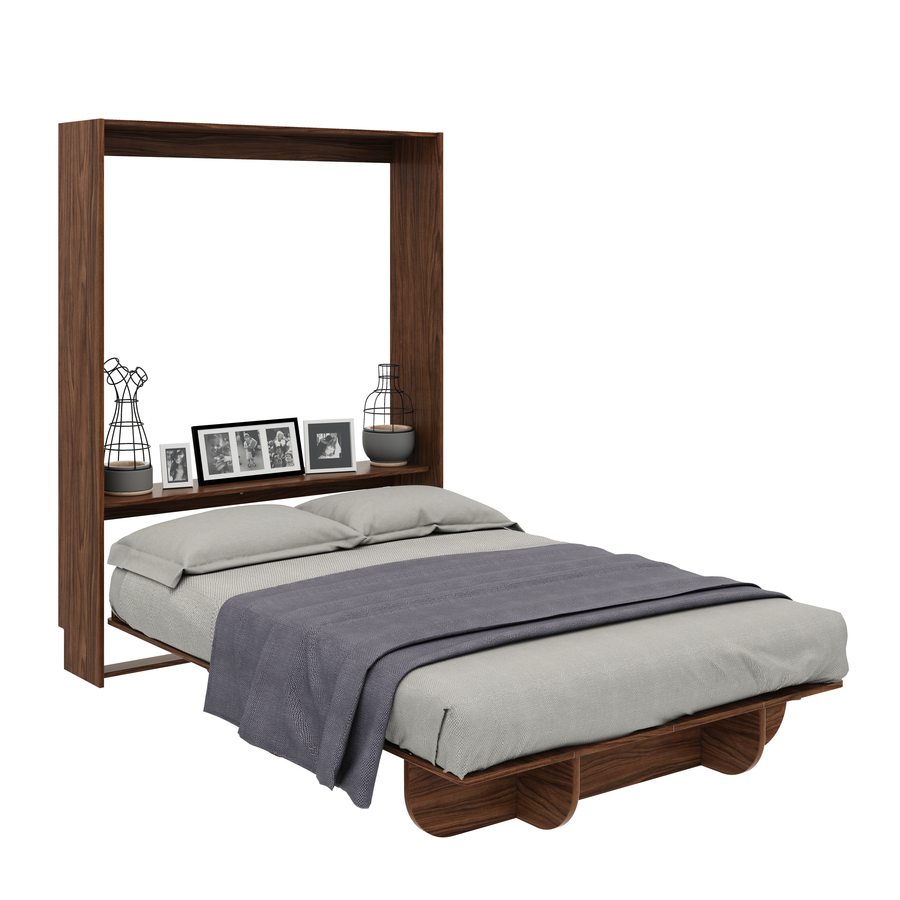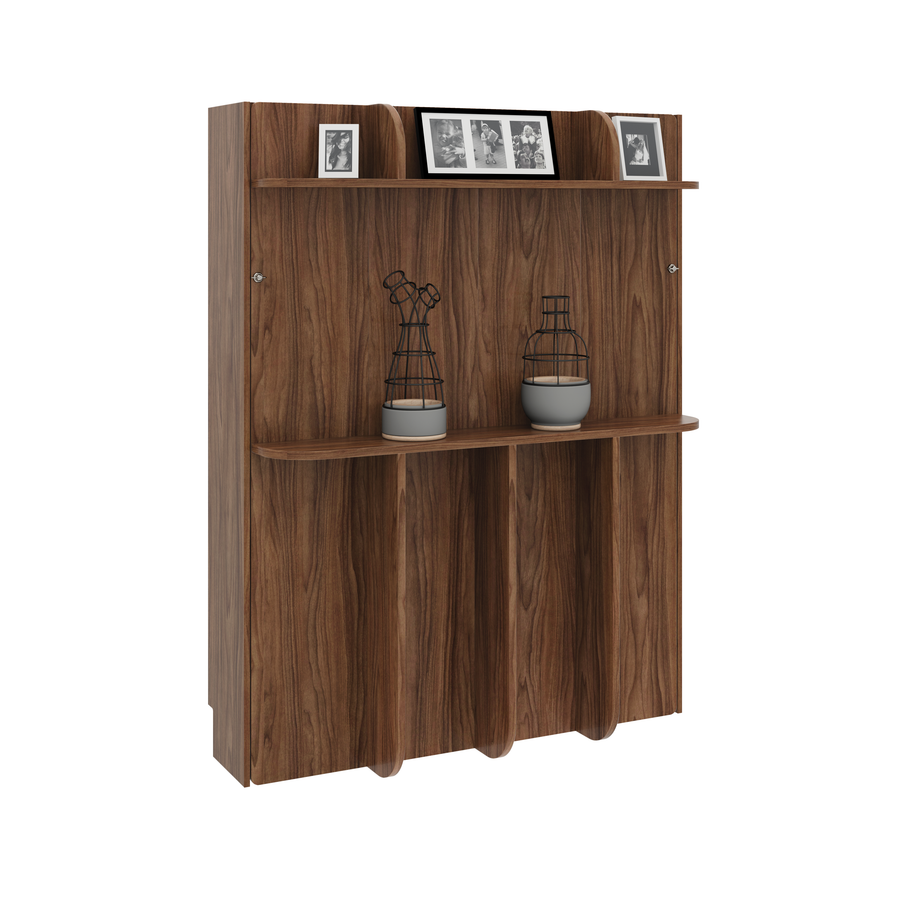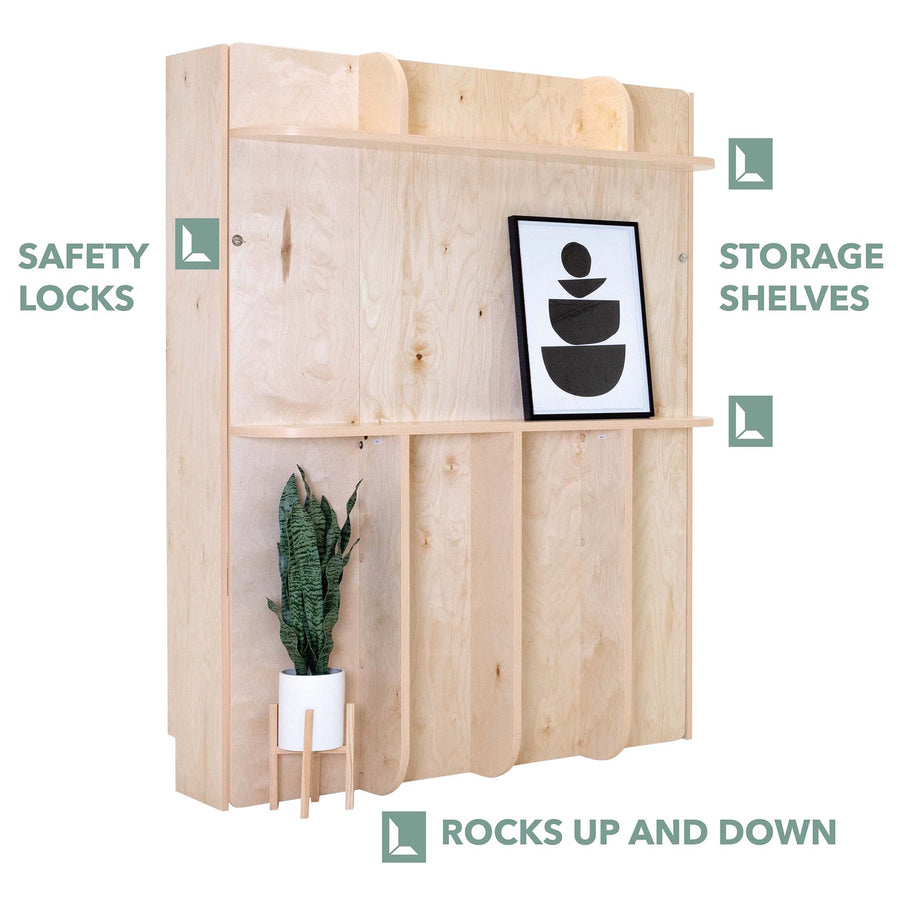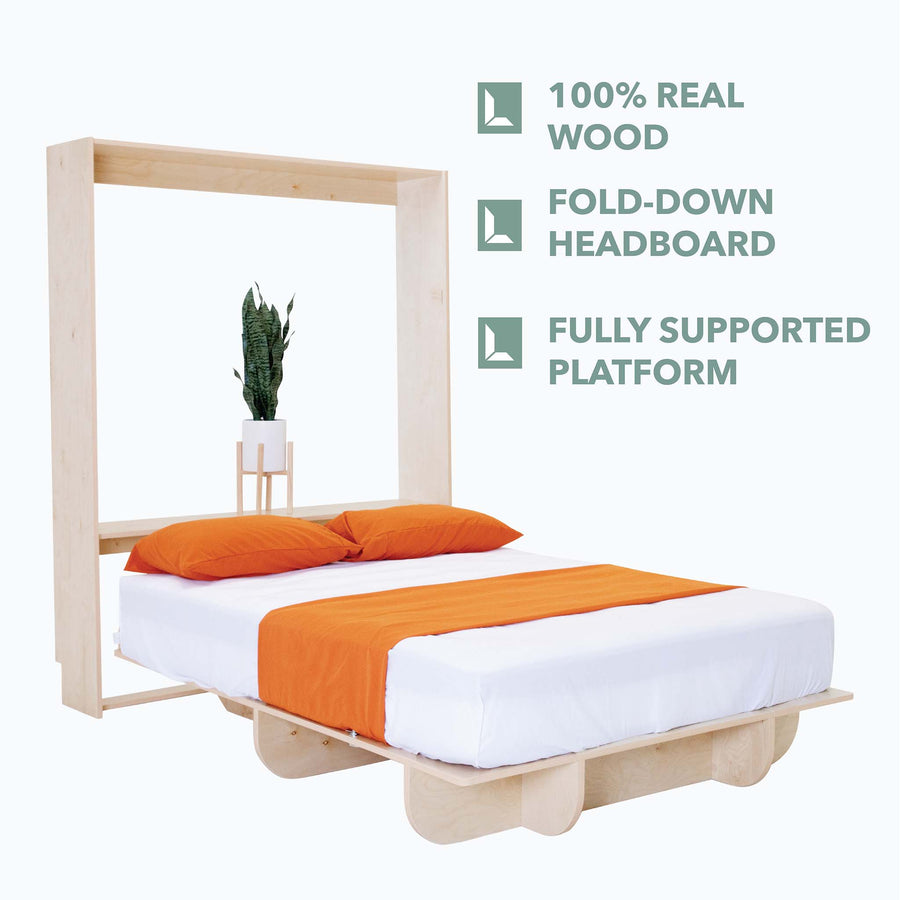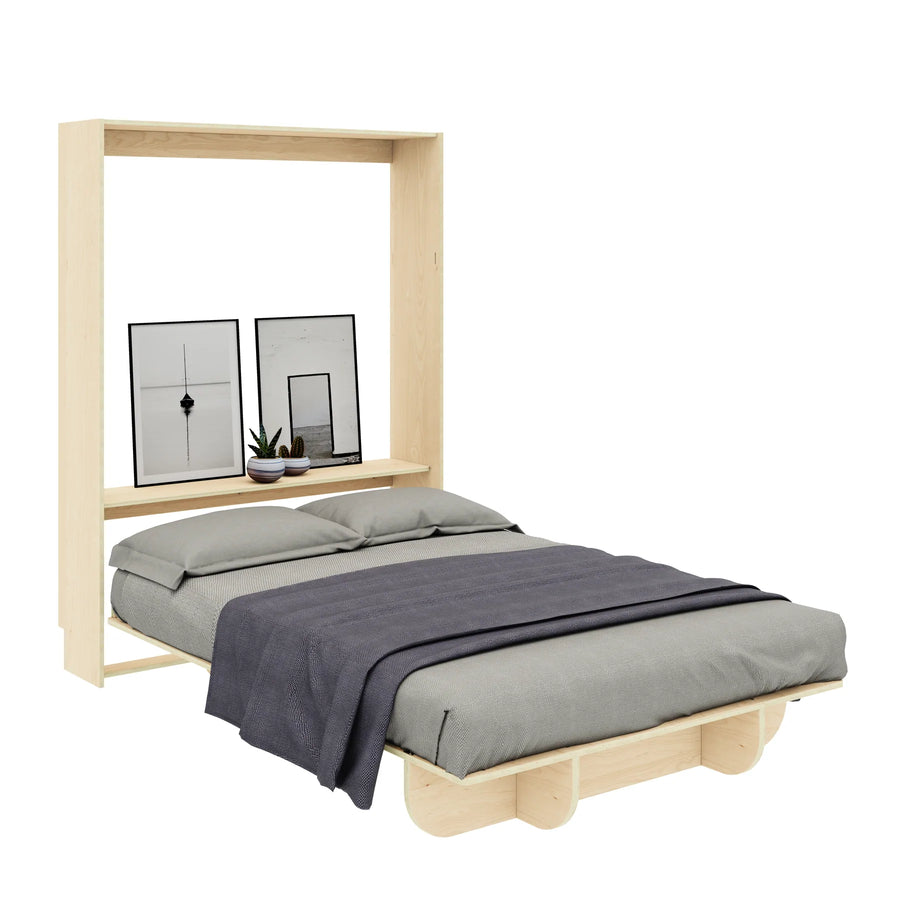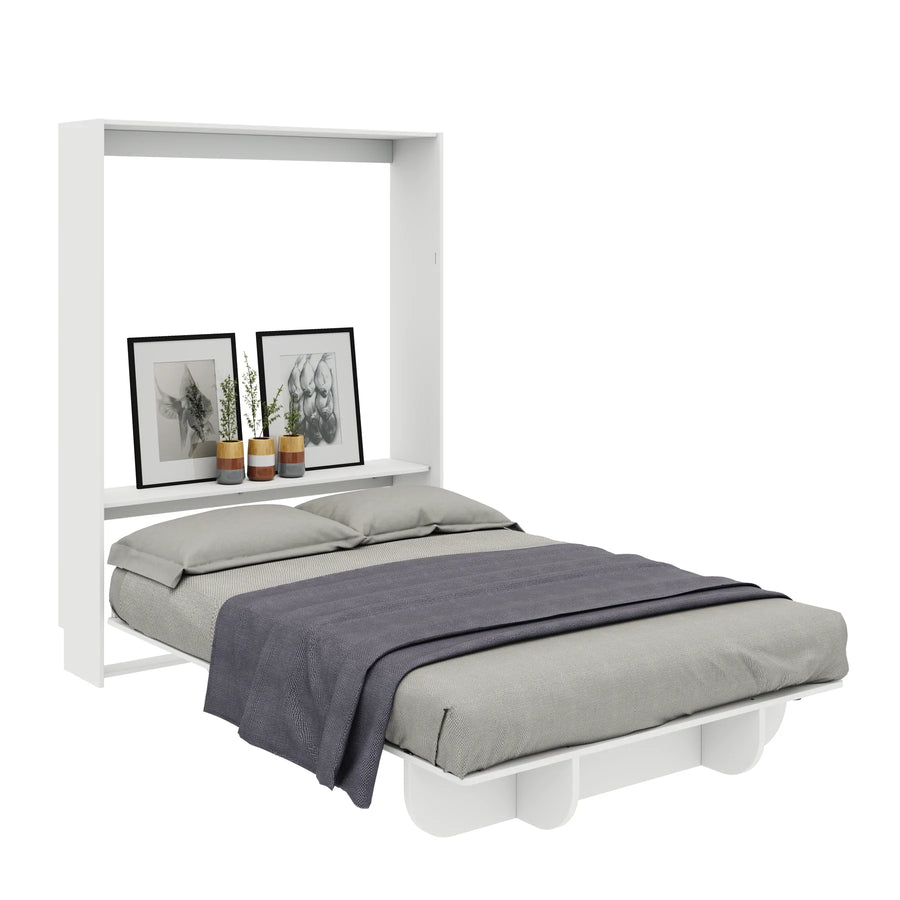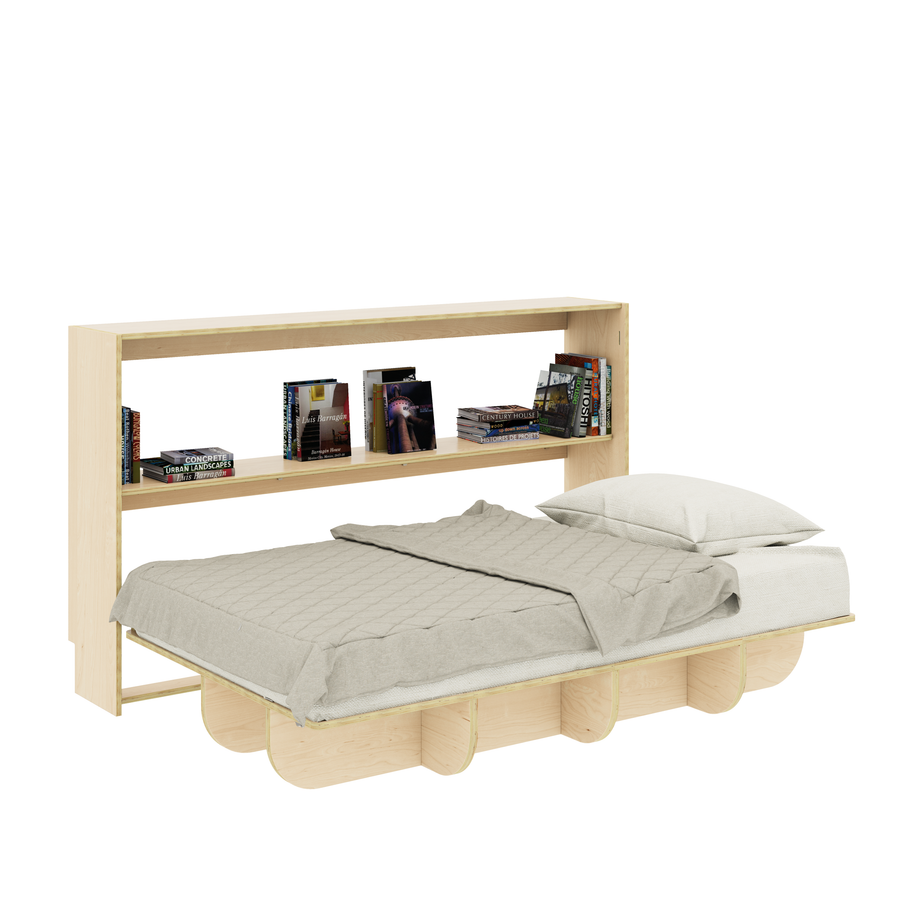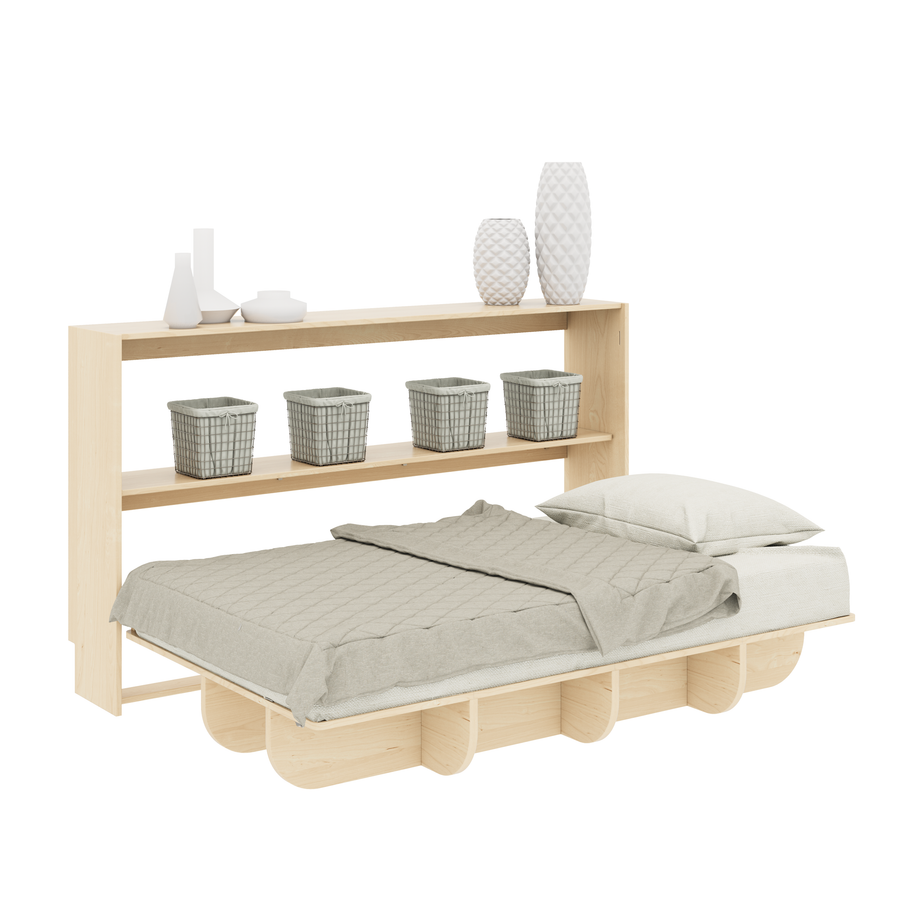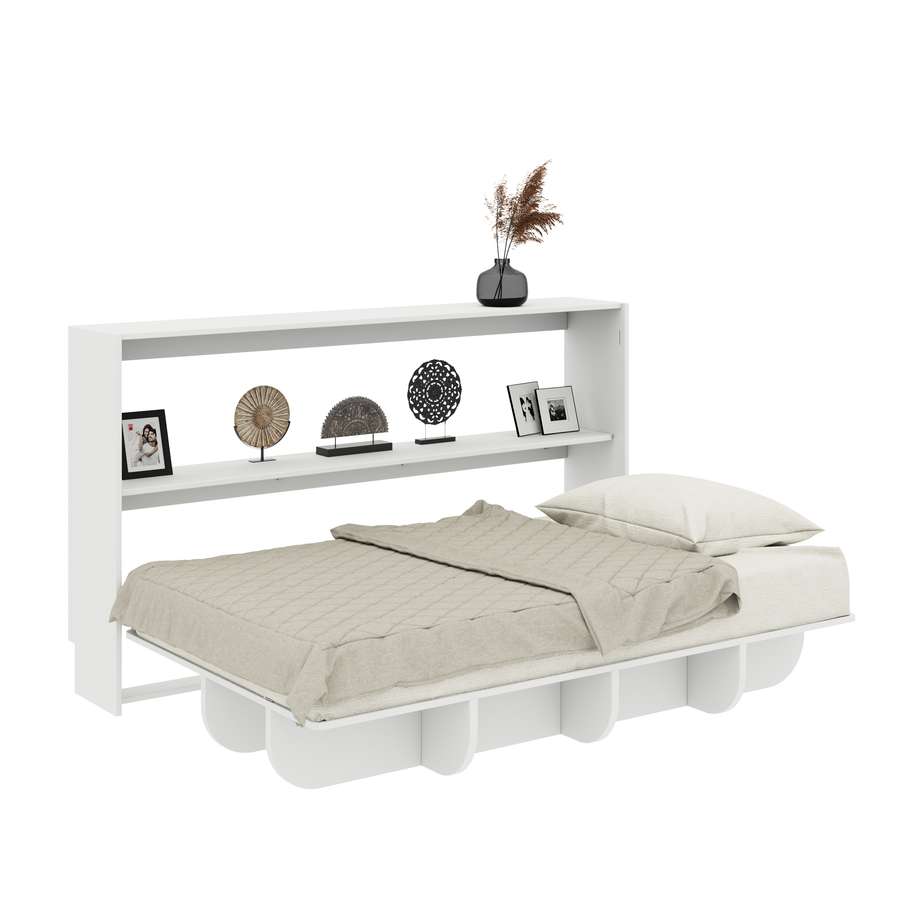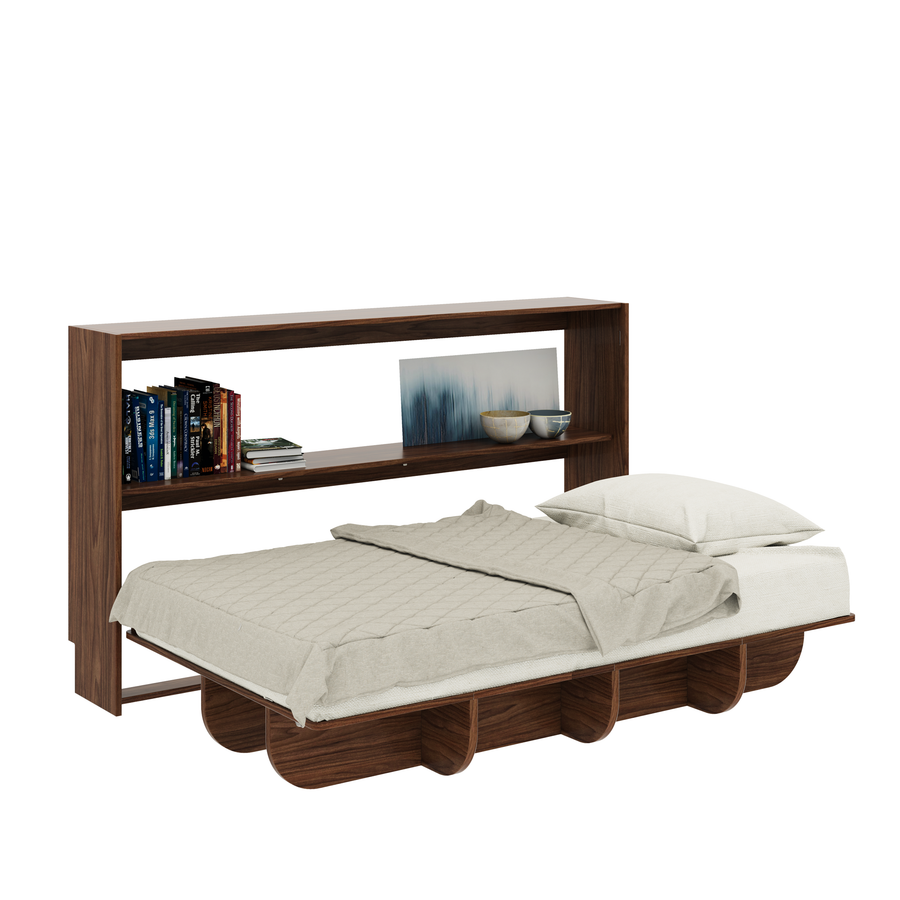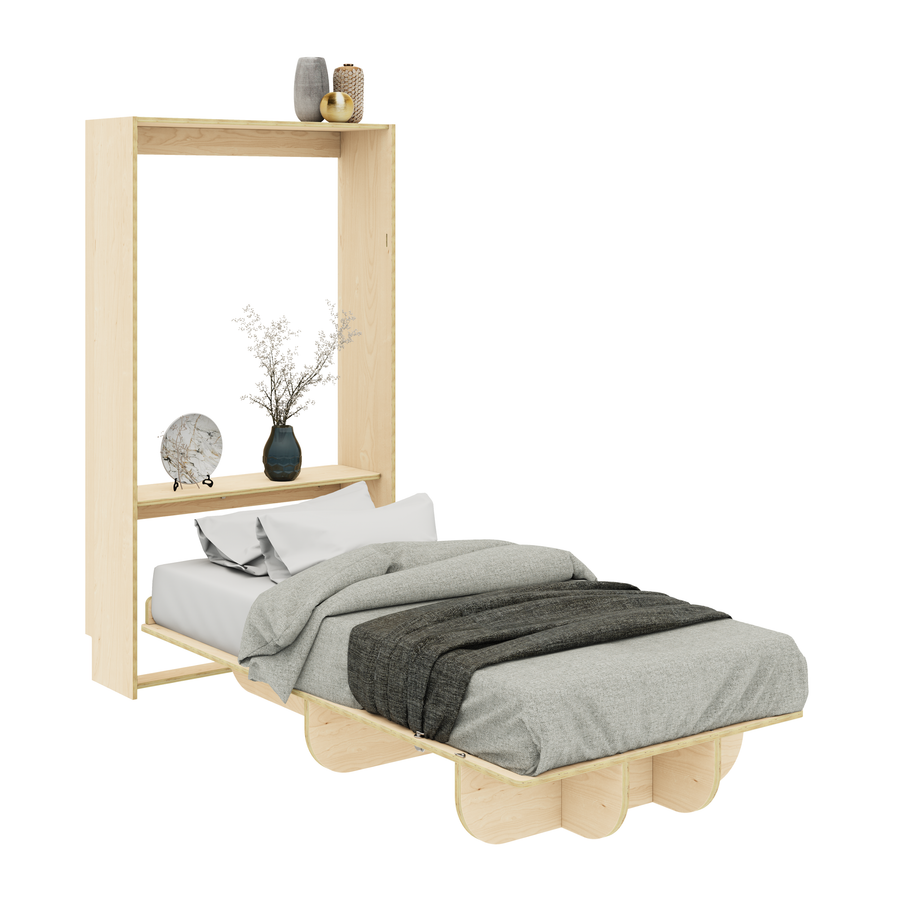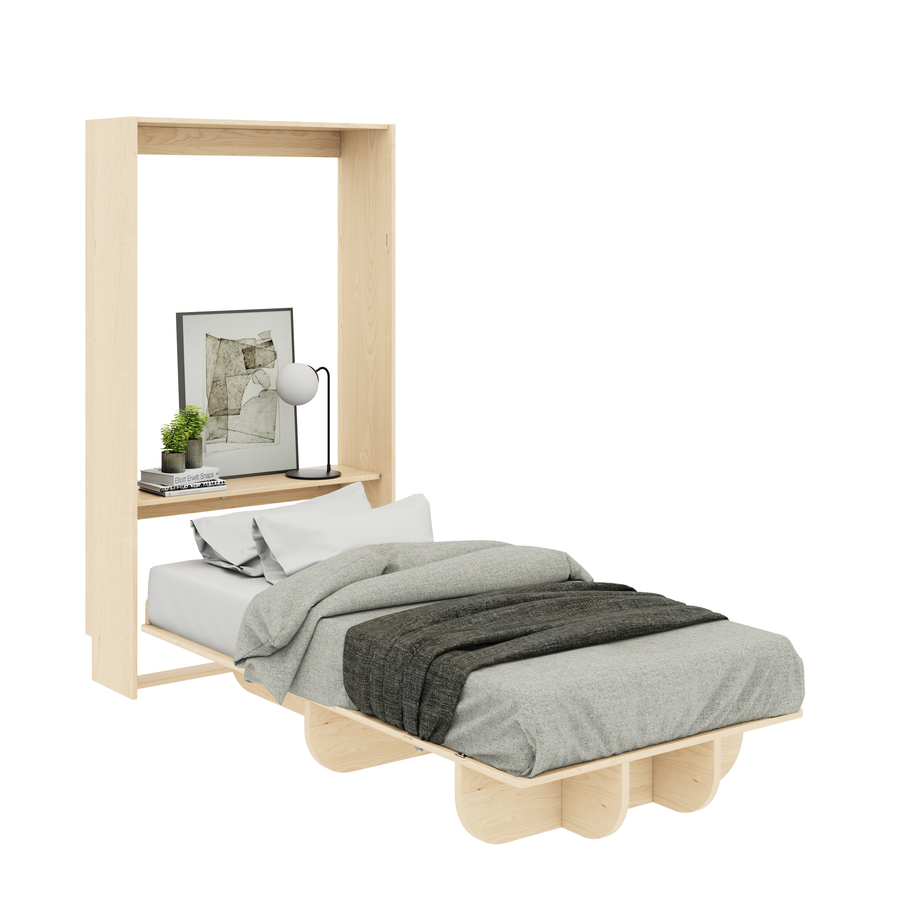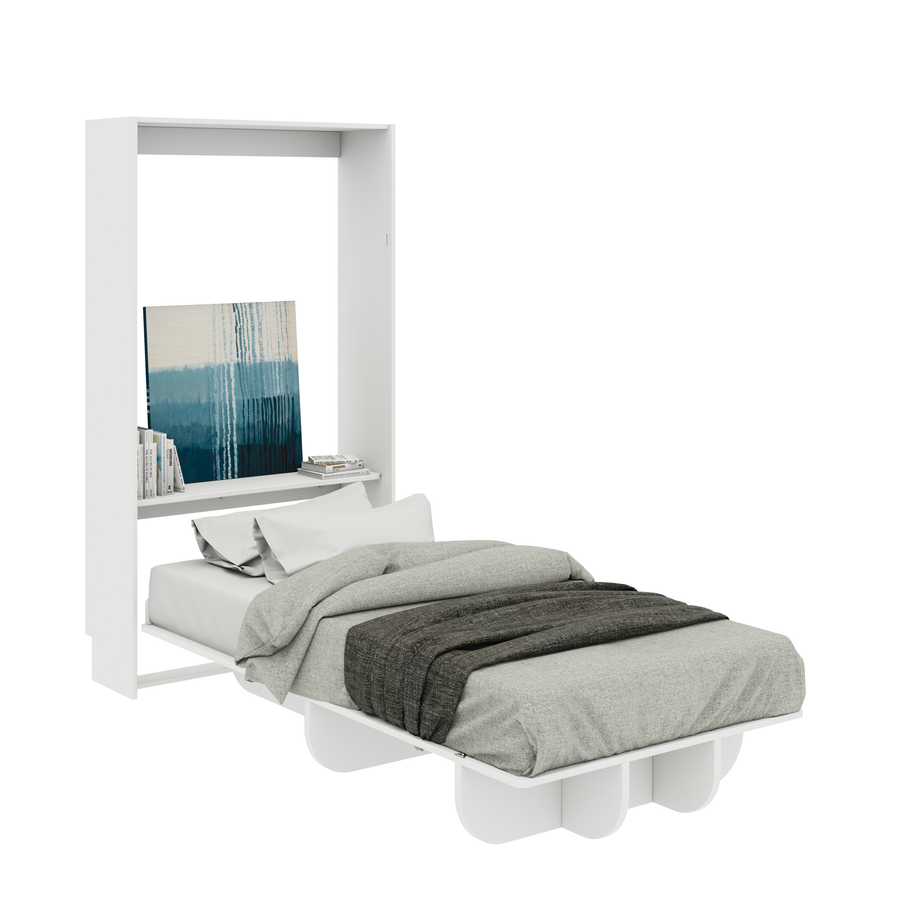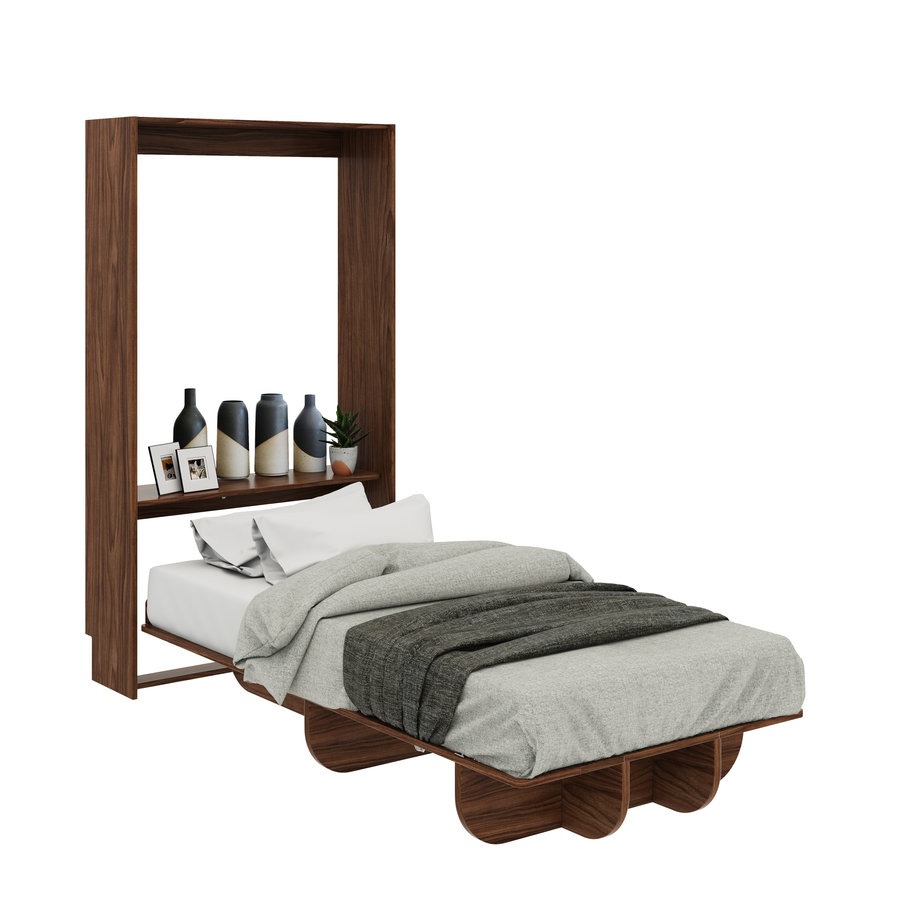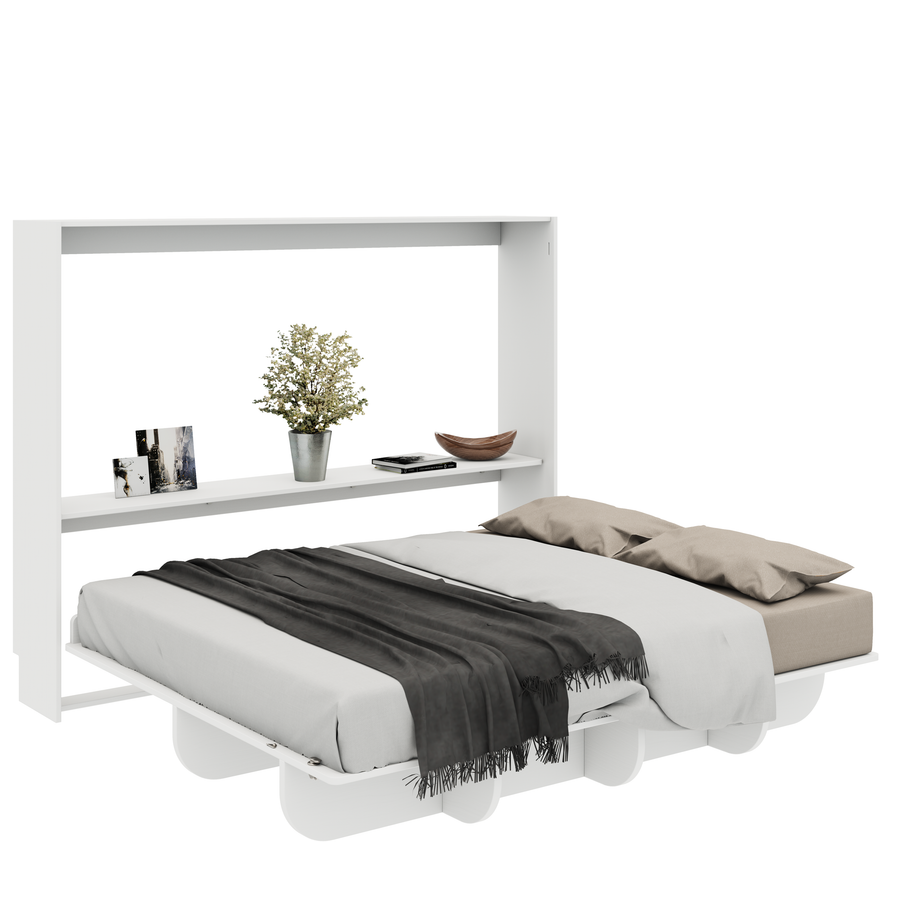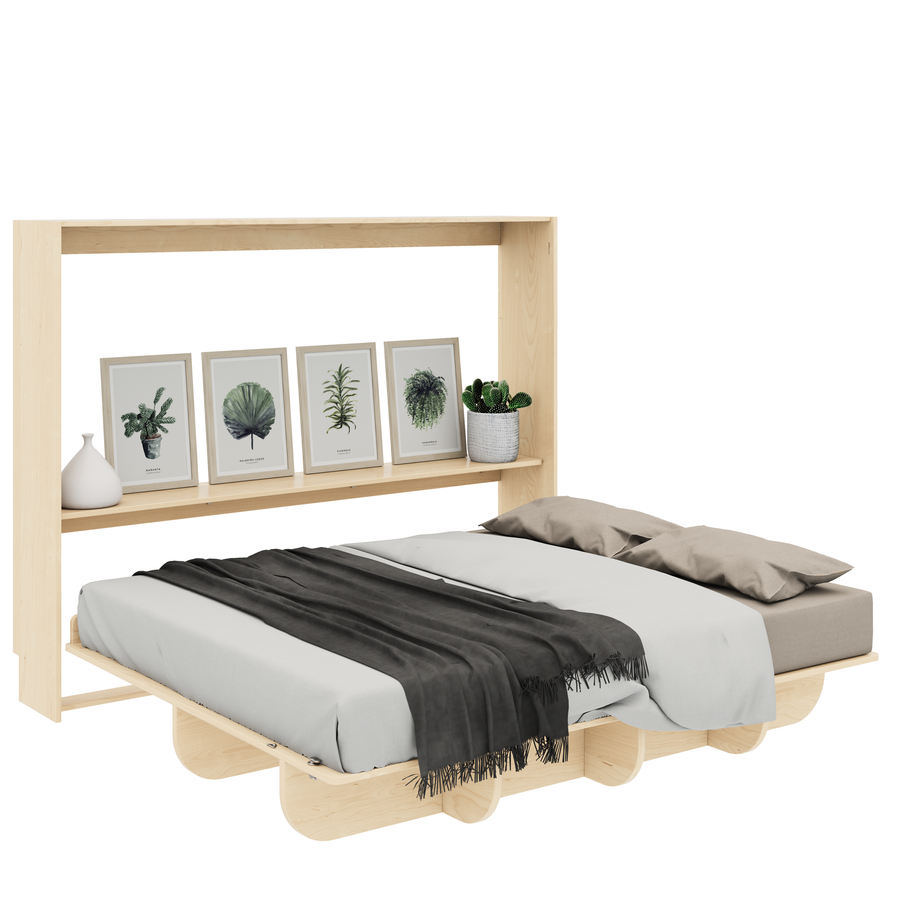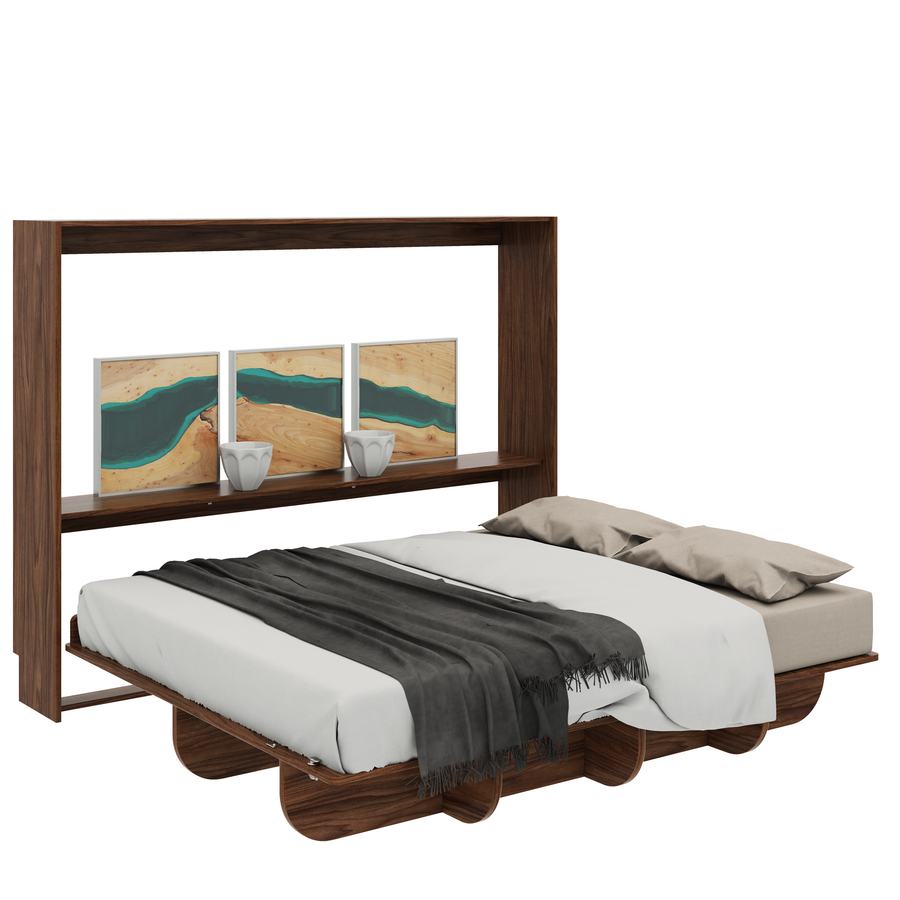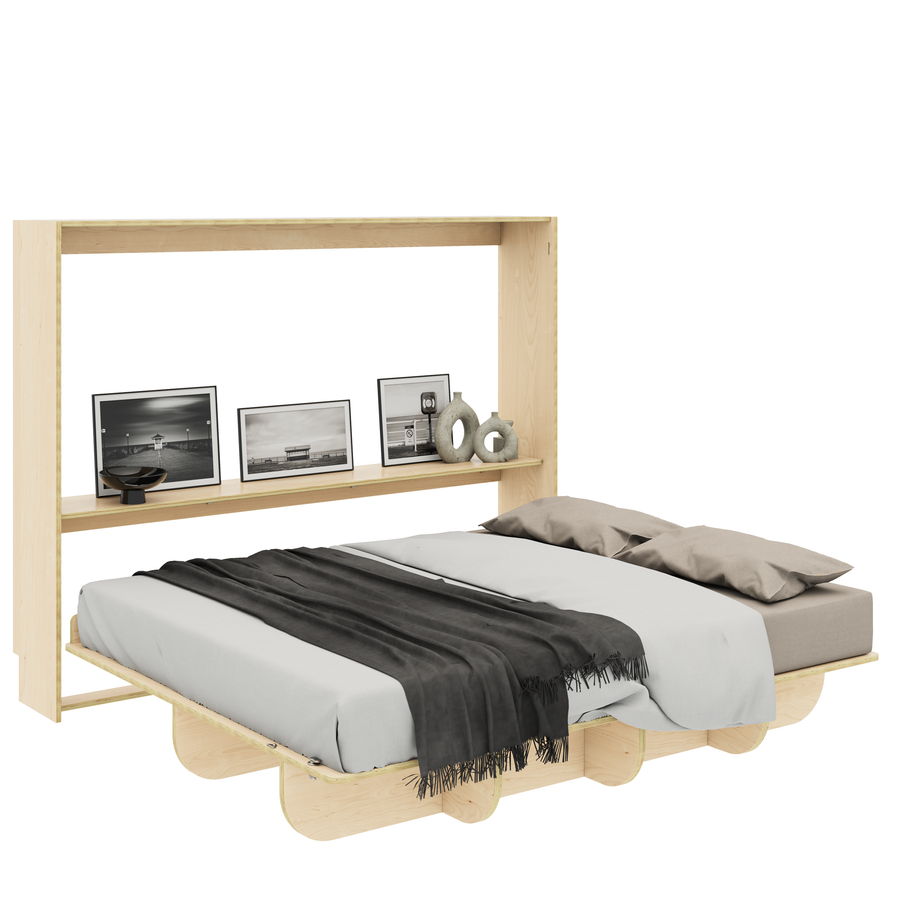
Experts agree that sleep plays a vital role in overall health and well-being at every stage of your life. A good night’s rest does wonders for safeguarding your physical and mental health, which is why selecting a mattress that provides the right amount of support and comfort is essential.
Having a comfortable mattress can help promote quality sleep, but the process of replacing a mattress can be exhausting. There are hundreds of options on the market. Navigating stores and websites, debating between foam and springs, and determining the best mattress for your sleep style can be enough to make you want to roll over and take a nap.
Before you start looking for your next mattress, read our Definitive Shopping Guide for Choosing the Right Mattress.
How and When to Replace Your Mattress
The Sleep Foundation recommends replacing your mattress every 6 to 8 years. This is a general guideline and not a one-size-fits-all solution. Generally speaking, you should replace your mattress if you’re no longer getting the quality sleep you need. For example, ask yourself, are you waking up sore? Does your mattress feel lumpy? Do you sleep better on other mattresses, such as at a hotel?
These are all signs that a shopping trip is in your near future.
Types of Mattresses

Knowing the difference between mattress types will help streamline your search. There are three main types: foam, spring, and hybrid. Most mattress purchases will fall within these categories. Knowing the basics about each choice will serve as the foundation for beginning your search.
- Foam: These mattresses are made entirely with foam and no coils. According to the National Sleep Foundation, they tend to provide above-average contouring to the body, pressure relief, and motion isolation, making them a good fit for side sleepers and couples. Memory foam is the most well-known type in this category.
- Spring or Innerspring: Innerspring mattresses have a coil-based support system and few other layers. According to the National Sleep Foundation, while the coils offer some support, innerspring mattresses often don’t provide a lot of pressure relief. In general, spring mattresses are bouncier than their counterparts. They tend to be popular because their lower price point makes them more affordable for shoppers.
- Hybrid: As you probably gathered, hybrid mattresses are a mix of the first two types. According to The National Sleep Foundation, these mattresses have an innerspring support core and a foam layer comfort system. These mattresses provide a combination of bounce and contouring with low heat retention, a plus if you tend to sleep hot.
Mattress Firmness
Mattress firmness is one of the most important factors when making your selection because it will significantly impact your comfort. Firmness essentially describes how hard or soft a bed feels. It’s a subjective measurement since there is no industry standard or uniform specification for firmness. This mean’s one company’s “firm” mattress could be just as firm as another’s “medium-firm” mattress.
Most mattress retailers rate the firmness of their products on a 1-to-10 scale. The higher the number, the firmer the mattress. The National Sleep Foundation created the chart below to help determine the right amount of firmness for you.

Best Mattress for Your Sleep Style

The way you sleep can help you determine the type of mattress you select. Factors, such as if partner tosses and turns in the middle of the night or the type of bed frame you have, can make the difference in finding the right mattress to fit your lifestyle.
- Stomach-Sleeper: If you sleep on your stomach, a firmer mattress will provide the best support. Firm foam or spring mattresses are good options, while a memory foam mattress might feel smothering.
- Back-Sleeper: If you sleep on your back, you’re in luck. You'll find happiness with any of the mattress types. Firmness right in the middle of the road will help keep your spine in alignment.
- Tossing & Turning: If you or your partner tosses and turns all night, consider an innerspring mattress with pocketed coils or a memory foam mattress. Medium-firm picks will provide “motion isolation” to cut back disruption caused by tossing and turning.
- For Back Pain: Memory foam mattresses are the best option if you suffer from back pain because they mold to your body for built-in support.
- For When you’re not Sure: A hybrid-style mattress that combines the buoyancy of an innerspring core with the motion isolation of memory foam is the best choice when you’re stuck on a decision.
- For Murphy Beds: Selecting the right mattress for your Murphy bed is the same as choosing the right mattress for any other bed frame. The truth is that virtually any mattress can be used in a Murphy bed. Keep in mind that you’ll also be storing linens and possibly pillows, which may increase the thickness of your mattress by an inch or two. The Lori Bed can accommodate any mattress that is 12 inches tall (a relatively thick mattress) or less. We recommend using a light-weight mattress, such as a conventional innerspring or latex foam mattress. Memory foam mattresses tend to be heavier, which will make lifting the bed more difficult.
Shopping for a Mattress

In the age of online shopping, many people still prefer in-person shopping when they’re selecting a mattress. Heading to the store allows you to literally feel out all your options before swiping your credit card.
The downside is that it can be overwhelming to shop in person. Seeing all the options laid out in front of you can lead to analysis paralysis that is not made more comfortable when a salesperson follows you around. It is also more challenging to compare prices.
“A big mistake is rushing the decision by quickly lying down on many different mattresses to find the one that feels best,” Lexie Sachs, Senior Textiles Analyst at the Good Housekeeping Institute, said. “If you’re going to invest in a mattress, take the time to recline for a while (at least 10 minutes) and make sure you don’t feel any pressure or pain.”
Shopping for a mattress online is an excellent alternative if you struggle with making decisions, Sachs said. Mostly because there are fewer options and you can easily compare prices. The mattress ship to your doorstep within a few days. Most companies even offer free shipping or a money-back guarantee.
One important thing to keep in mind when shopping online is that you’ll likely have to dispose of your old mattress yourself. Some companies offer takeaway services when you buy online, but it’s less common than when you make in-store purchases.
Instead of throwing it to the curb, consider recycling your mattress instead. There are several ways to recycle your mattress — check your local guidelines. Non-profits like The Salvation Army all accept mattress donations.
Picking out a new mattress is an excellent investment in your overall health. Knowing where to begin will take the stress out of the process.



